The origin of the massive Public Distribution System (PDS) we know today could be traced back to the colonial era. PDS has evolved from the rationing system introduced by the British during World War II in Bombay (now Mumbai) in 1939. Post-independence, PDS became an indispensable social policy in India and found its way into the Five Year Plans. Developing countries have experimented and tasted success with providing subsidized food grains as ‘safety nets’ to the poor and vulnerable. But such programs can be made more sustainable and inclusive if technology is connected seamlessly with ground work to manage ‘inclusions & exclusions’ of beneficiaries and plug leakages in food distribution.
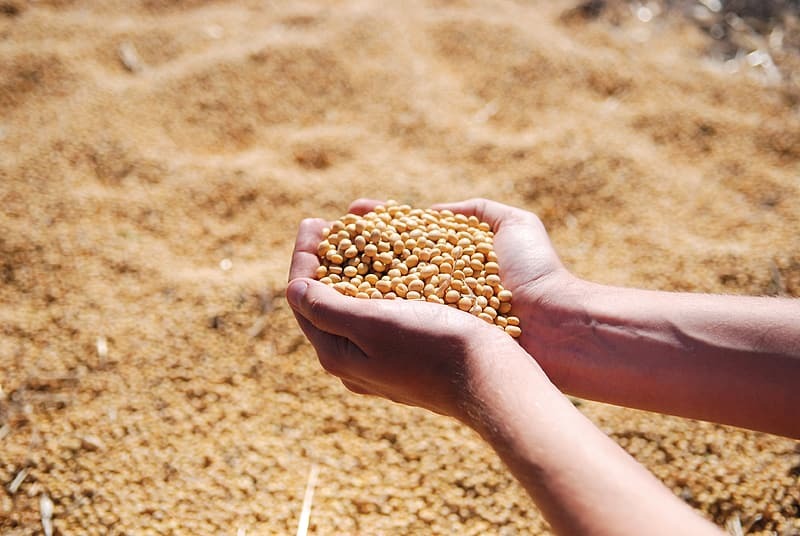
Feeding Billions and Insulating them from Price Shocks
Safeguarding the poor from rising food prices is a global policy priority. More than 1.5 billion people are covered under government sponsored food subsidy programs- they can be either food, vouchers or cash transfers. The government interventions can be direct cash transfers or subsidized food grains made available to the targeted beneficiaries at Fair Price Shops (FPS).
An example of direct cash transfer is Ethiopia’s Productive Safety Net Programme (PSNP) wherein enough money is set aside for purchase of 15 kilograms of cereals and four kilograms of pulses each month for every participant. As opposed to Ethiopia’s model, India’s Targeted Public Distribution System (TPDS)is a case of indirect transfer.
Managing a Mammoth PDS- Problems Aplenty
The TPDS apparatus reaches out to some 800 million people, including around 65 million living Below Poverty Line (BPL) through nearly half a million FPS managed by states.The Govt of India has made ‘Right to Food’ a legal entitlement by enacting National Food Security Act in 2013.
However, reaching out to 800 million+ beneficiaries was never easy. And, think of the costs incurred by the government on the colossal scheme. Picture this- The budget allocation on food subsidy has zoomed from Rs 43751 crore in 2008-09 to Rs 1.84 lakh crore in 2019-20.
Beyondplanning and budgeting, the critical challenge on the ground is identification of genuine beneficiaries. Systems of the scale of TPDS are prone to inclusion and exclusion errors. This means the entitled, eligible beneficiaries are denied foodgrains whereas the ineligible get the benefits. Inaccuracy in beneficiary identification has also led to ghost cards- wherein grains are diverted from eligible households to open markets. The identification is especially problematic for the ‘poorest of the poor’ among BPL families under Antyodaya Anna Yojana (AAY) as they include unorganized beneficiaries like landless agricultural labourers, marginal farmers, rural artisans, rickshaw pullers and cobblers.
The other pain point is lack of ample storage capacity with the Food Corporation of India (FCI), the nodal agency for procurement of Govt of India. This triggers pilferage and leakage.The Supreme Court appointed Wadhwa Commission observed in 2009 that end-to-end computerization could curb large scale diversion and track the delivery of food grains from state depots to beneficiaries.
How Seamless GovTech Creates a More Efficient System
Many states have deployed technology innovations to improve delivery and track the right beneficiaries. Tamil Nadu, for instance, has implemented a GPS based monitoring system to track the movement of vehicles carrying PDS goods to check transit leakage. The state also has an online godown monitoring system to enable online capture of all transactions in warehouses in a phased manner. In Chhattisgarh, the Centralized Online Real Time electronic PDS (CORE PDS) allows beneficiaries to use Smart Cards and choose shops. This innovation enhances portability of benefits and promotes competition. Such GovTech solutions can be strengthened with Aadhaarintegrationto filter out fake beneficiaries.Moreover, use of Point of Sale (POS) devices can be handy for last mile delivery to the targeted beneficiaries. The success of PDS would still need groundwork if we are to tackle successfully the ‘identification challenge’. Technology online and field work offline have to go in tandem for a more efficient food distribution system.
The author is Priyadarshi Nanu Pany, founder & CEO of CSM Technologies. This article was originally published on his LinkedIn profile: https://www.linkedin.com/posts/nanupany_integration-of-offline-ground-work-and-online-ugcPost-6731874329589510145-H11r









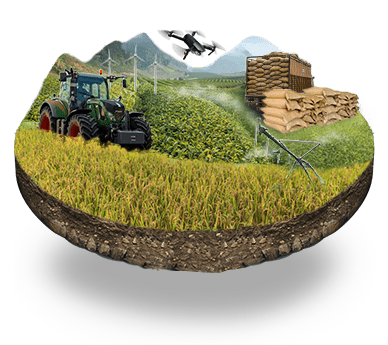


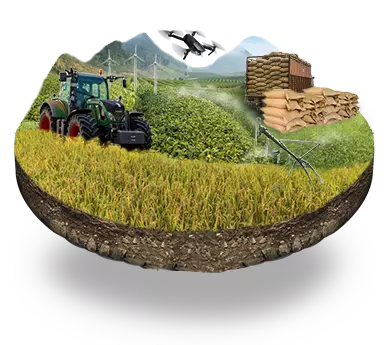











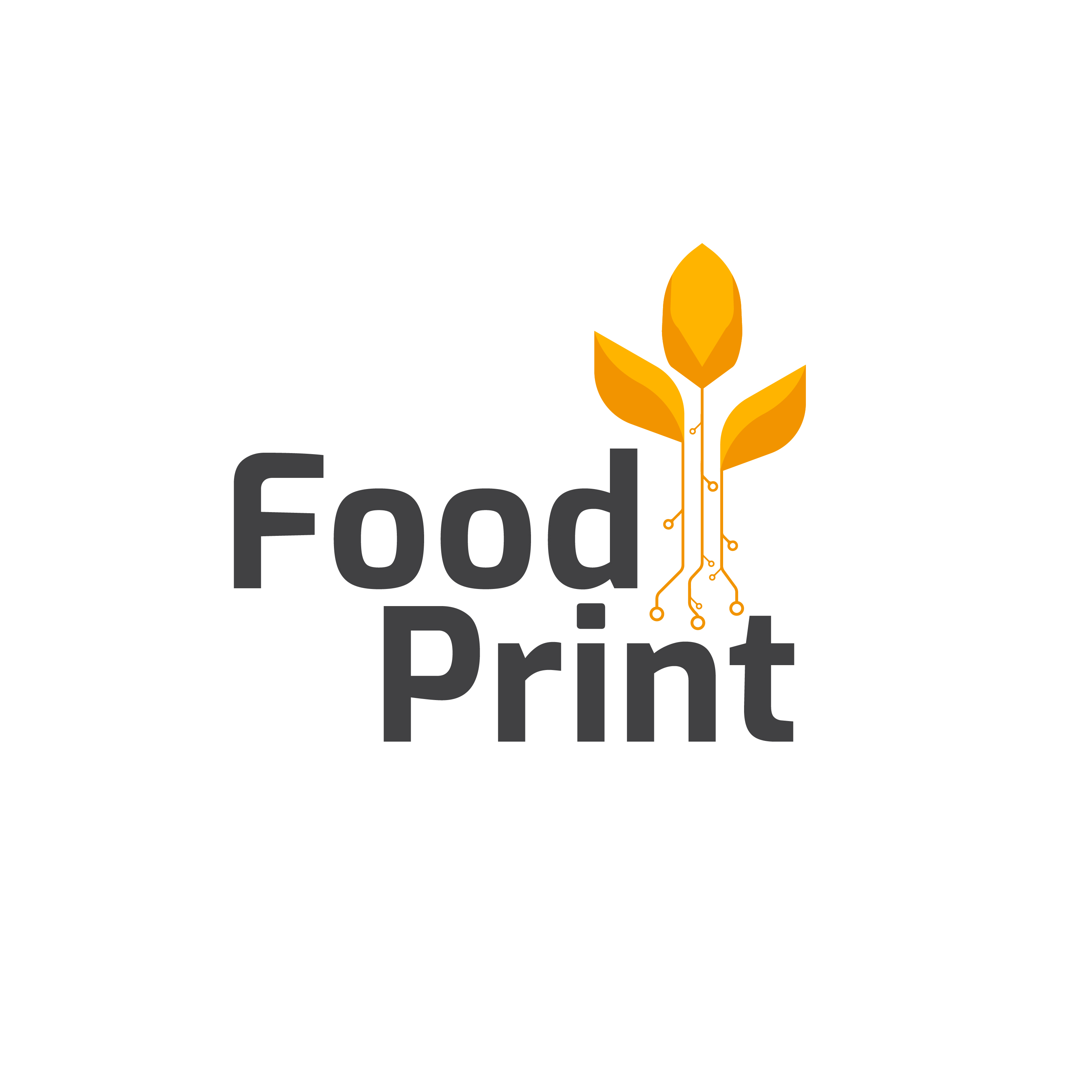

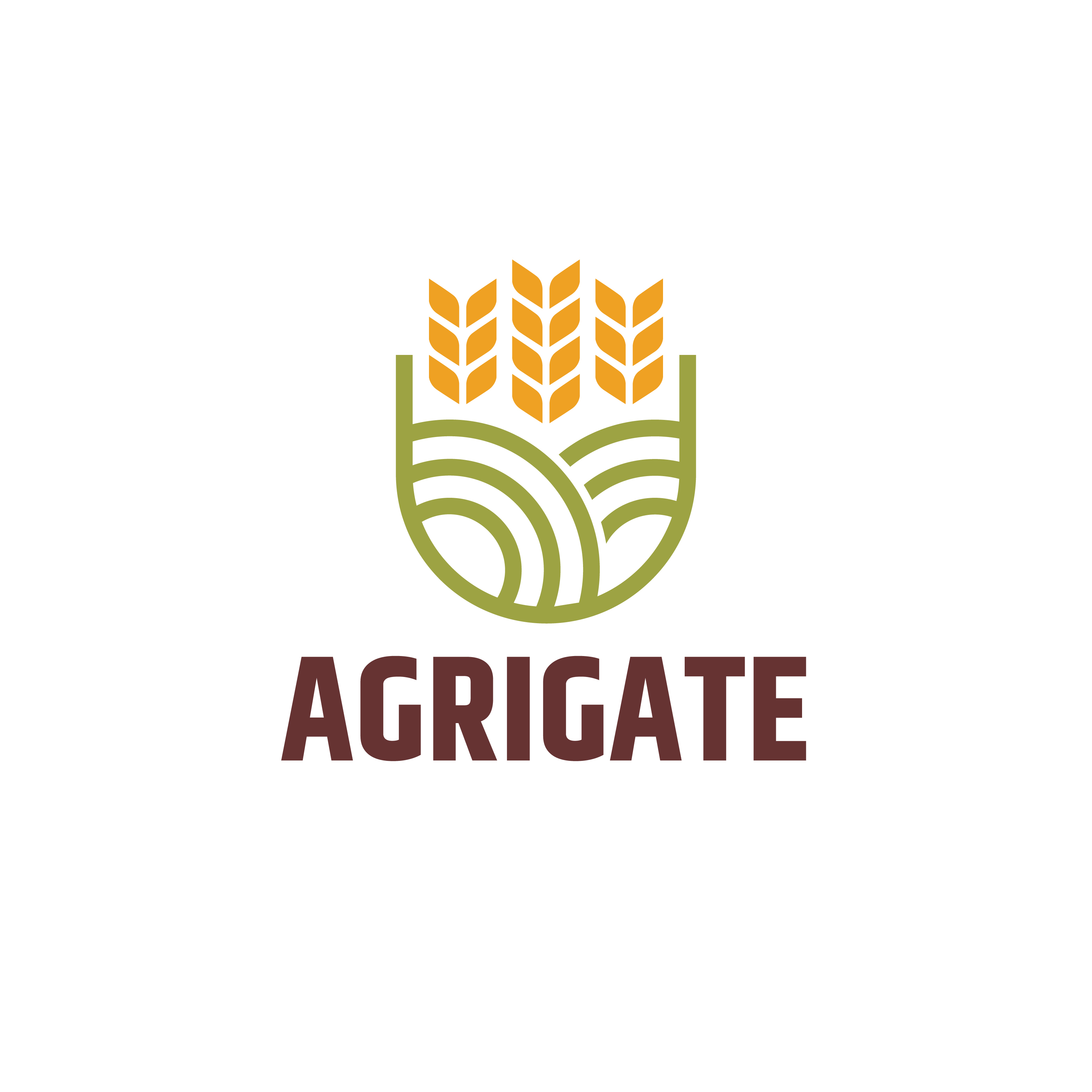






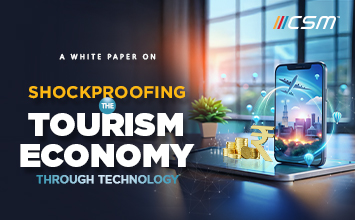


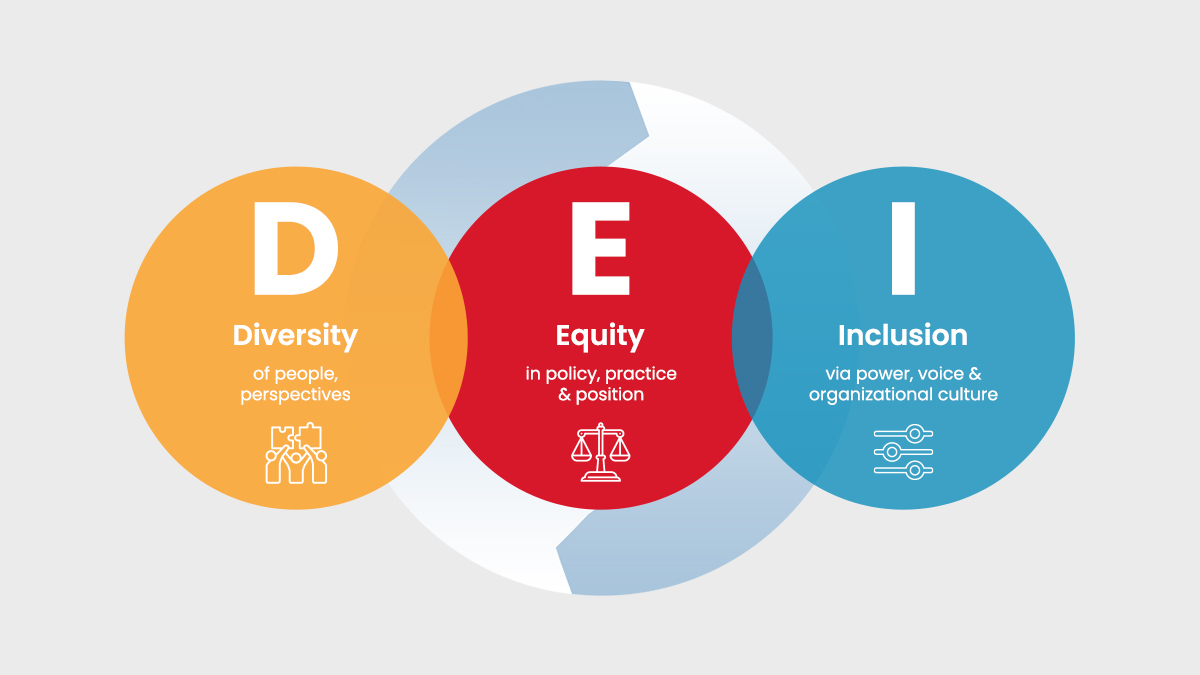




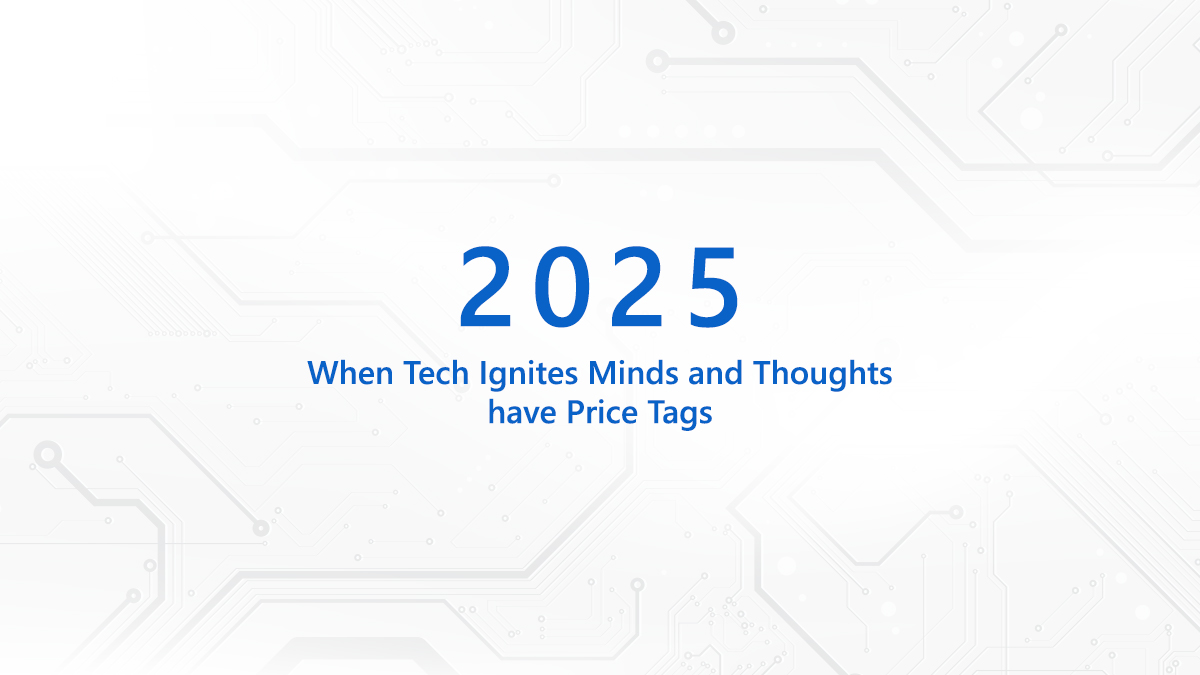







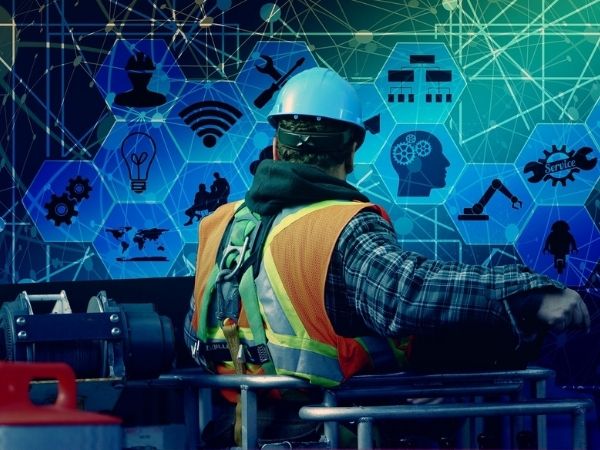

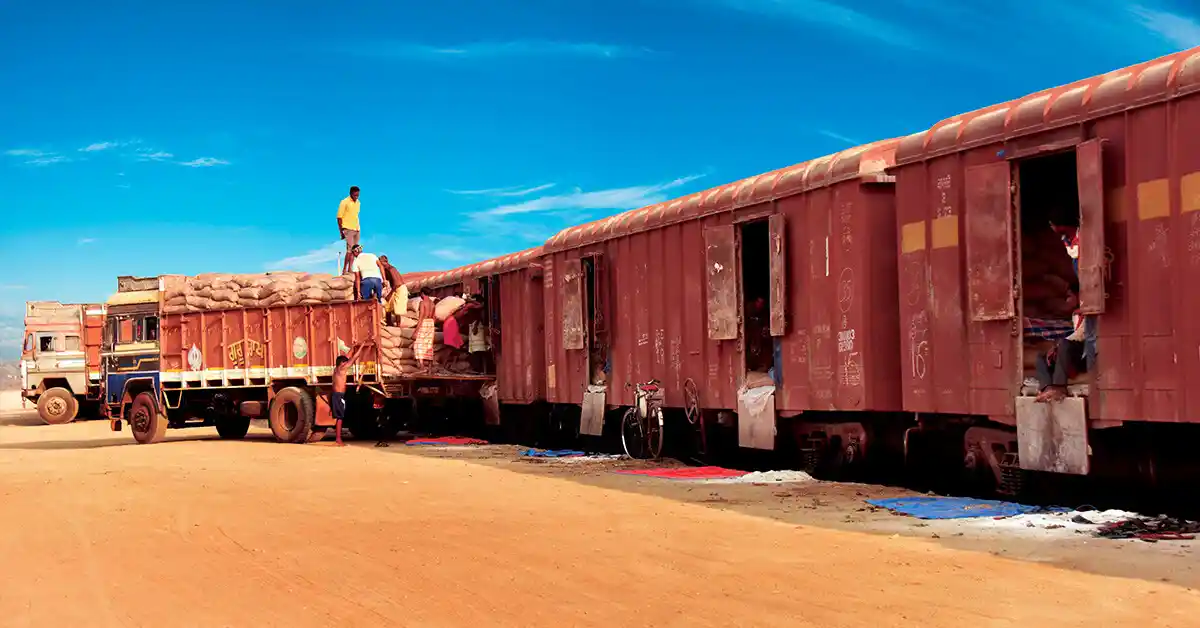



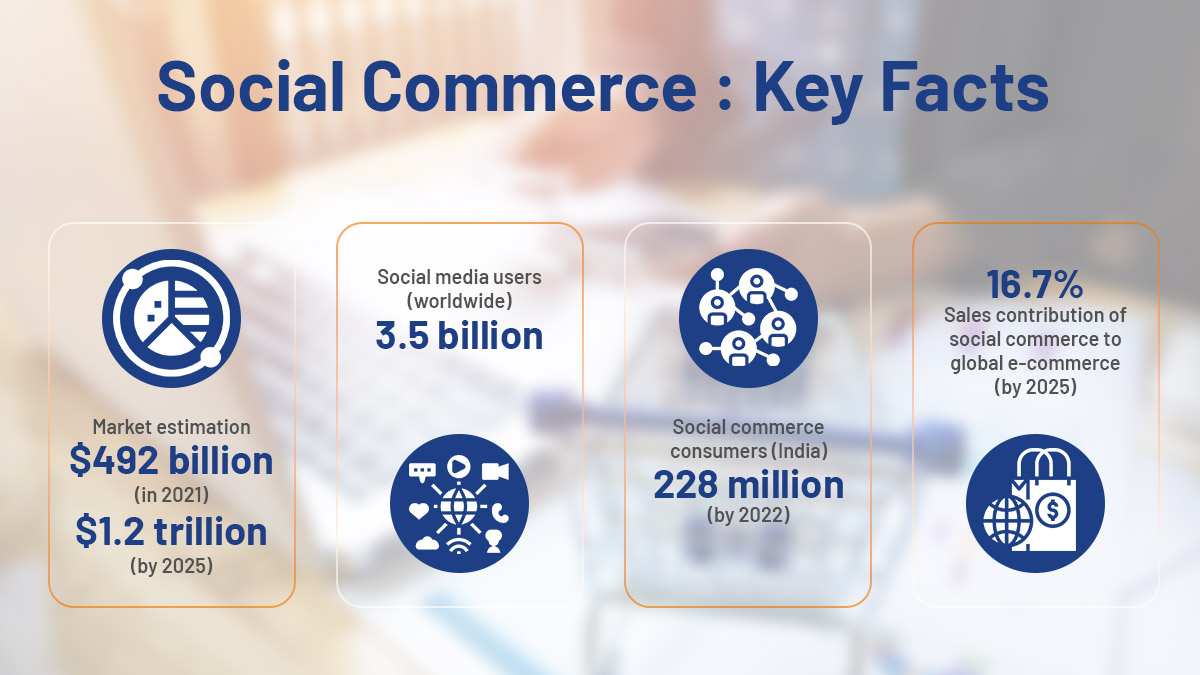


We will verify and publish your comment soon.